Homemade Cat Treats: Turkey Triangles
Cats are meat eaters, plain and simple. They need protein from meat such as turkey for a strong heart, good vision, and a healthy reproductive system. And, they love eating it, too.
Give your cat a treat feature one of their favorites: turkey. These DIY cat treats are easy to make, and the recipe yields a large number of treats, so your cat will have plenty of “leftovers” for days to come. (Just be sure to freeze them after three days to keep them fresh.)
What you’ll need:
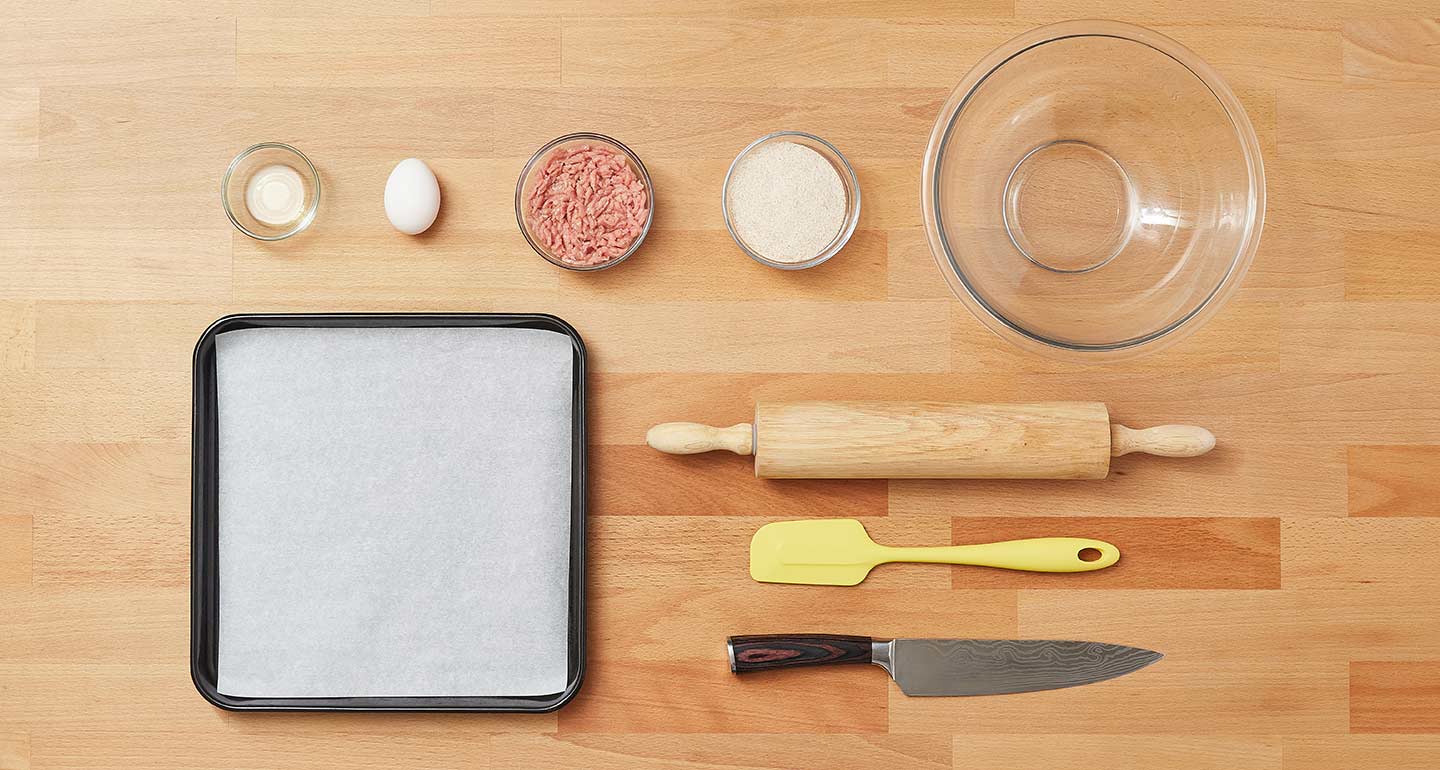
Photos: Chewy Studios
Ingredients
- 1/2 cup ground turkey
- 1/2 cup whole wheat flour
- 1 egg
- 1/2 tbsp olive oil
Supplies
- Large mixing bowl
- Measuring spoons
- Measuring cups
- Baking sheet
- Parchment paper
- Rubber spatula
- Rolling pin
- Chef’s knife
Yield:
100+ treats
Serving size:
One treat
Prep time:
20 minutes
Bake time:
20 minutes
Instructions
Preheat oven to 350 degrees Fahrenheit. In a large bowl, mix flour, turkey, oil and egg to create a meaty dough.
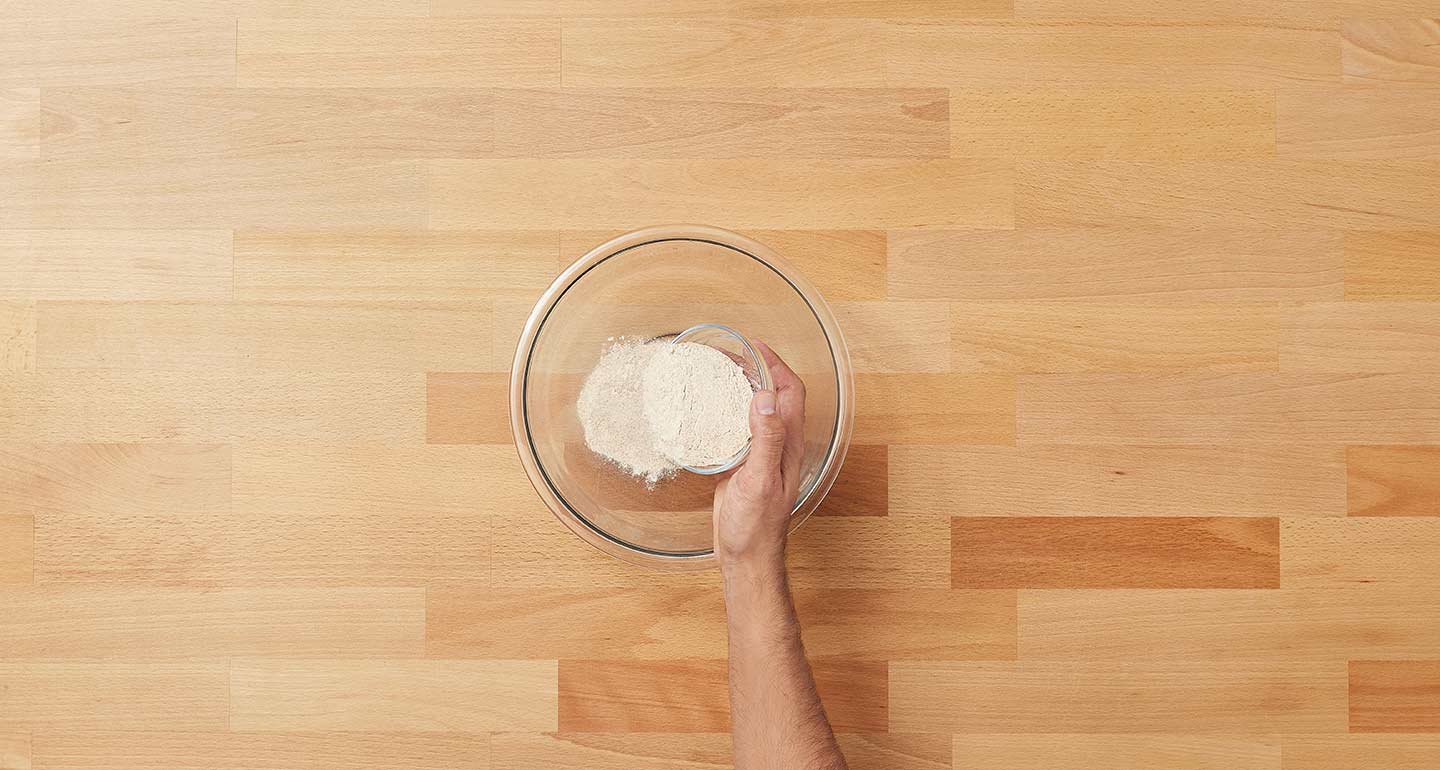
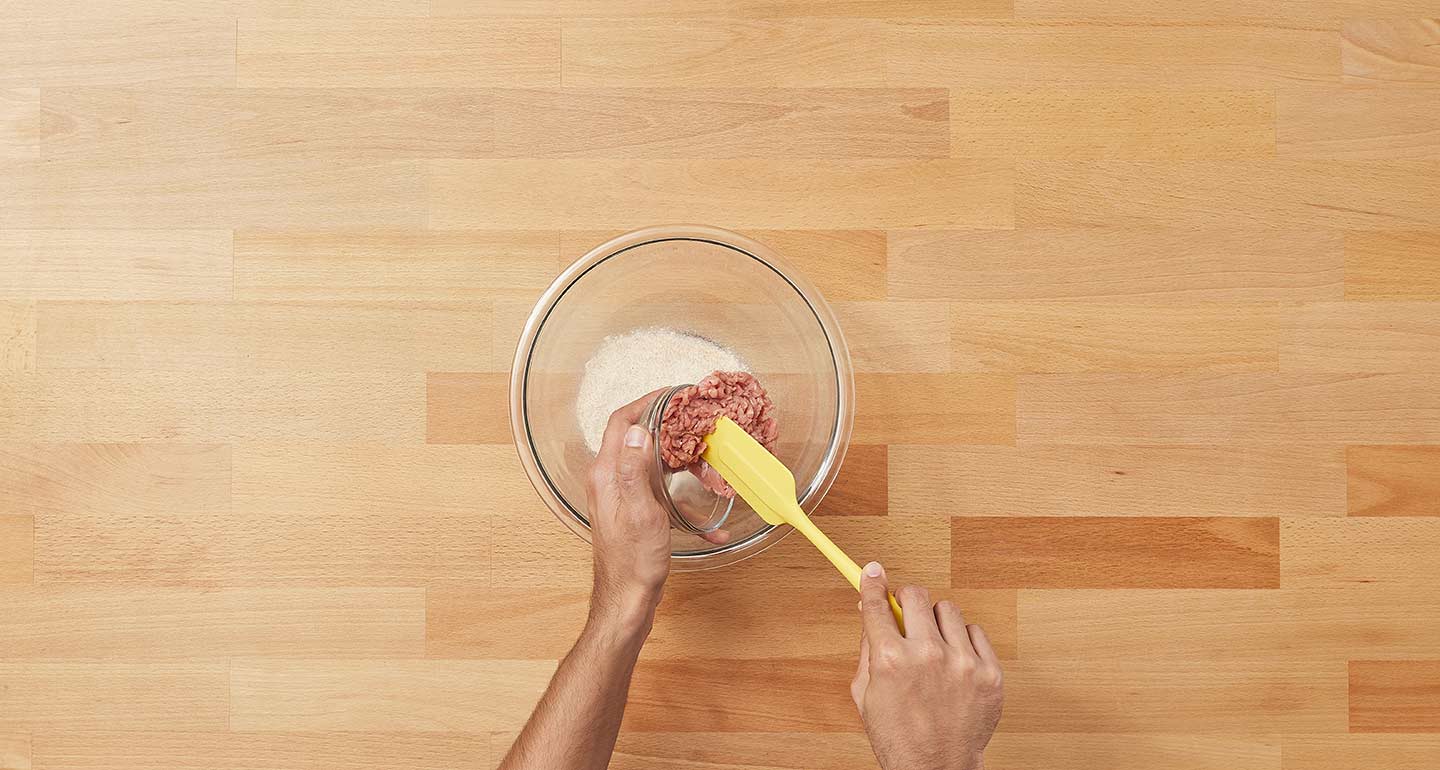

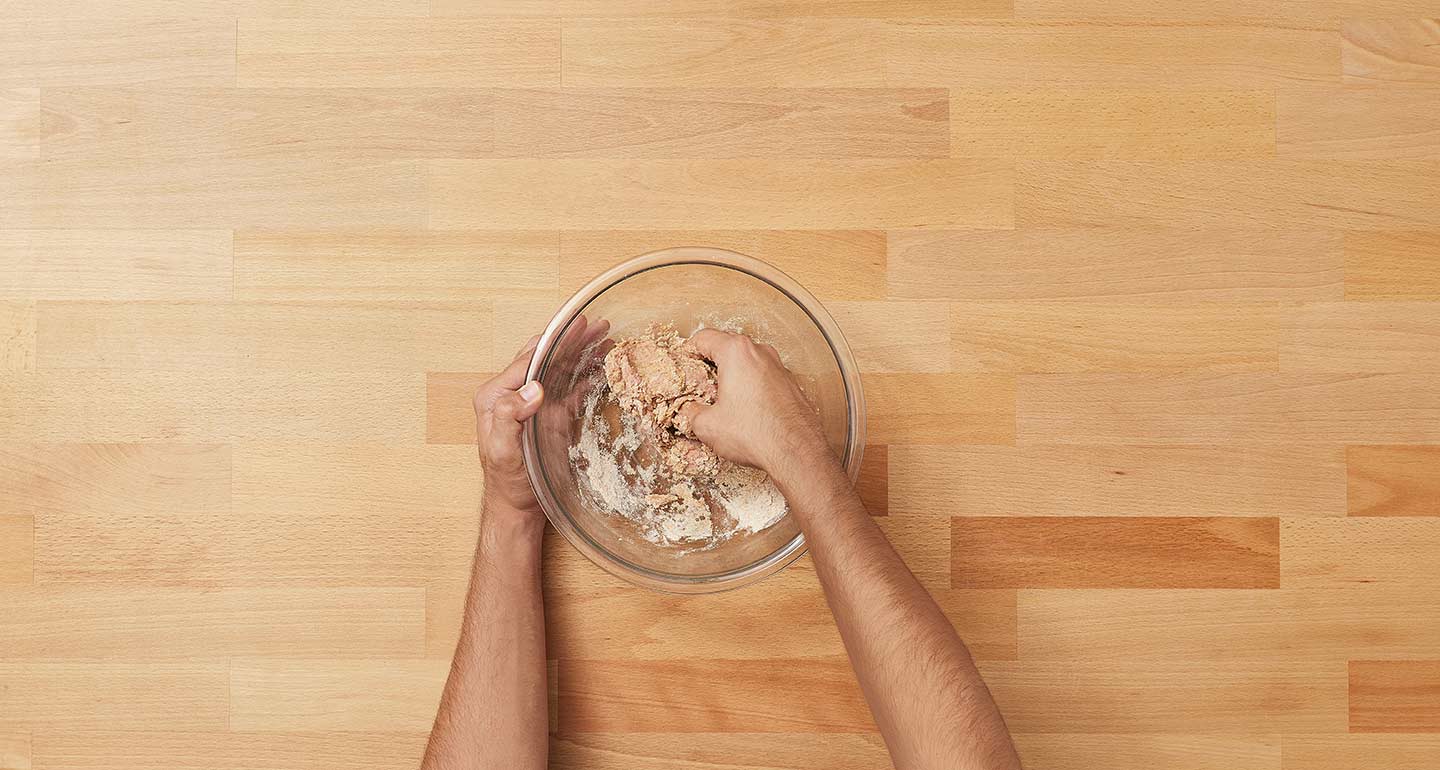
Knead dough into a ball.
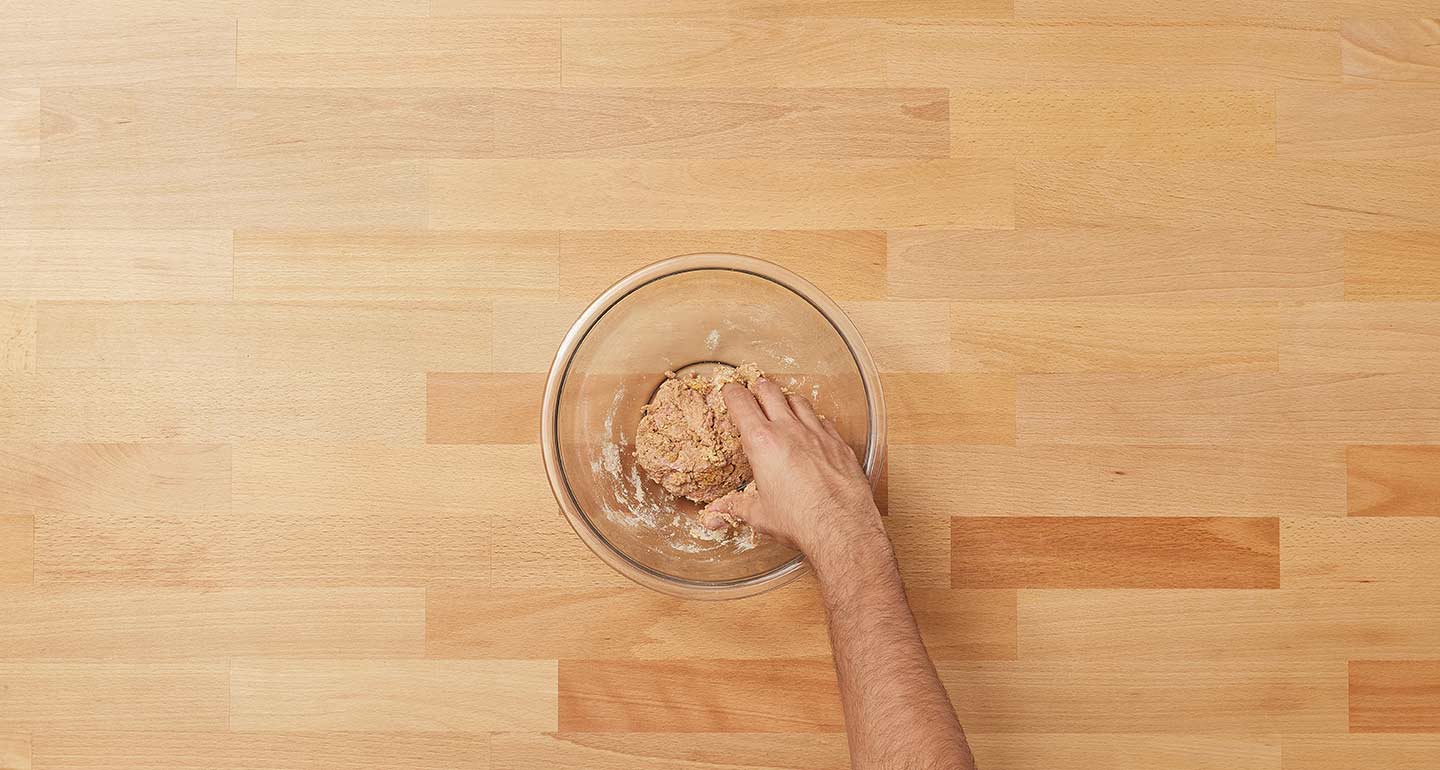
Lightly flour workspace.

Roll out dough to about ¼ inch thickness.


Place on baking sheet lined with parchment paper.
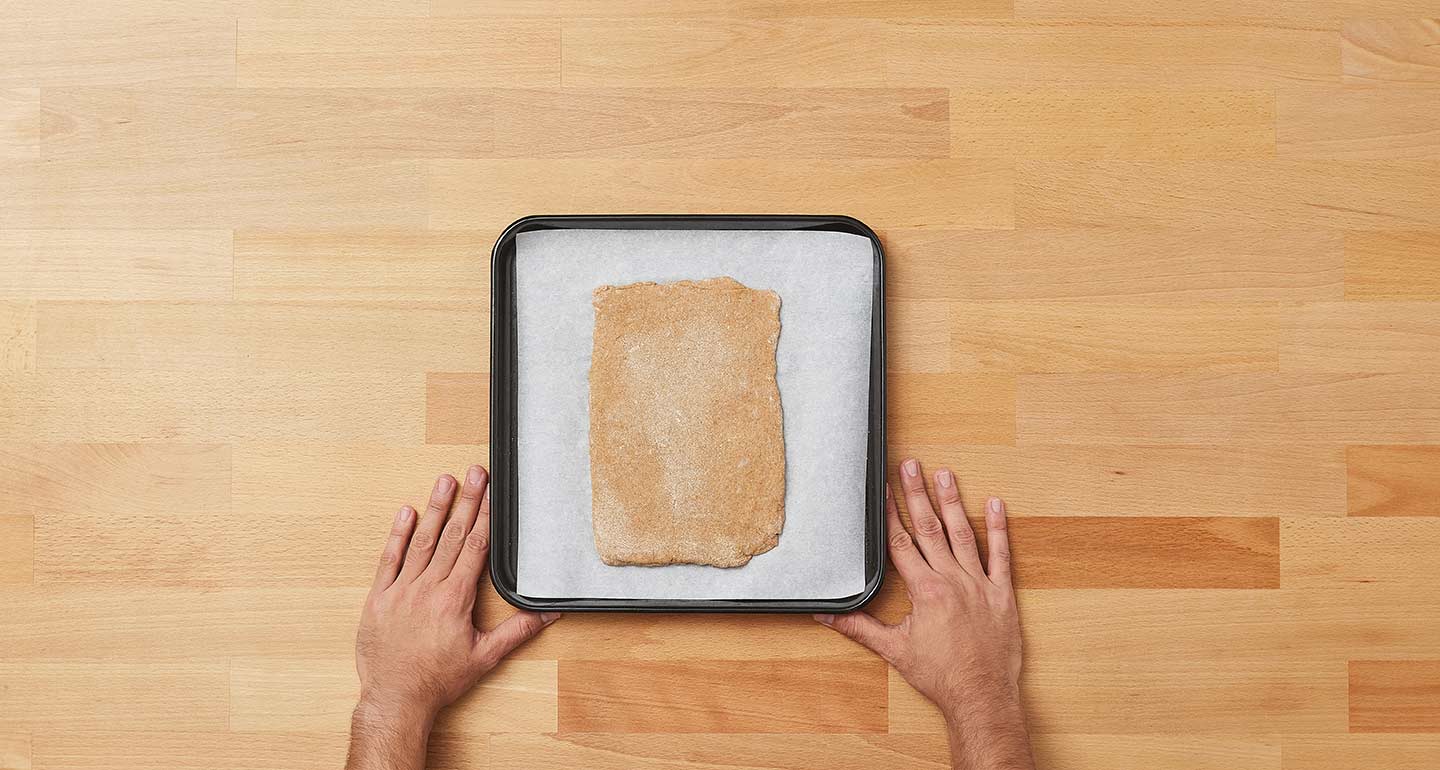
Use the knife to score tiny, bite-sized triangles into the dough, being careful not to cut the shapes out:
First, score ½ inch-wide rows into the dough.
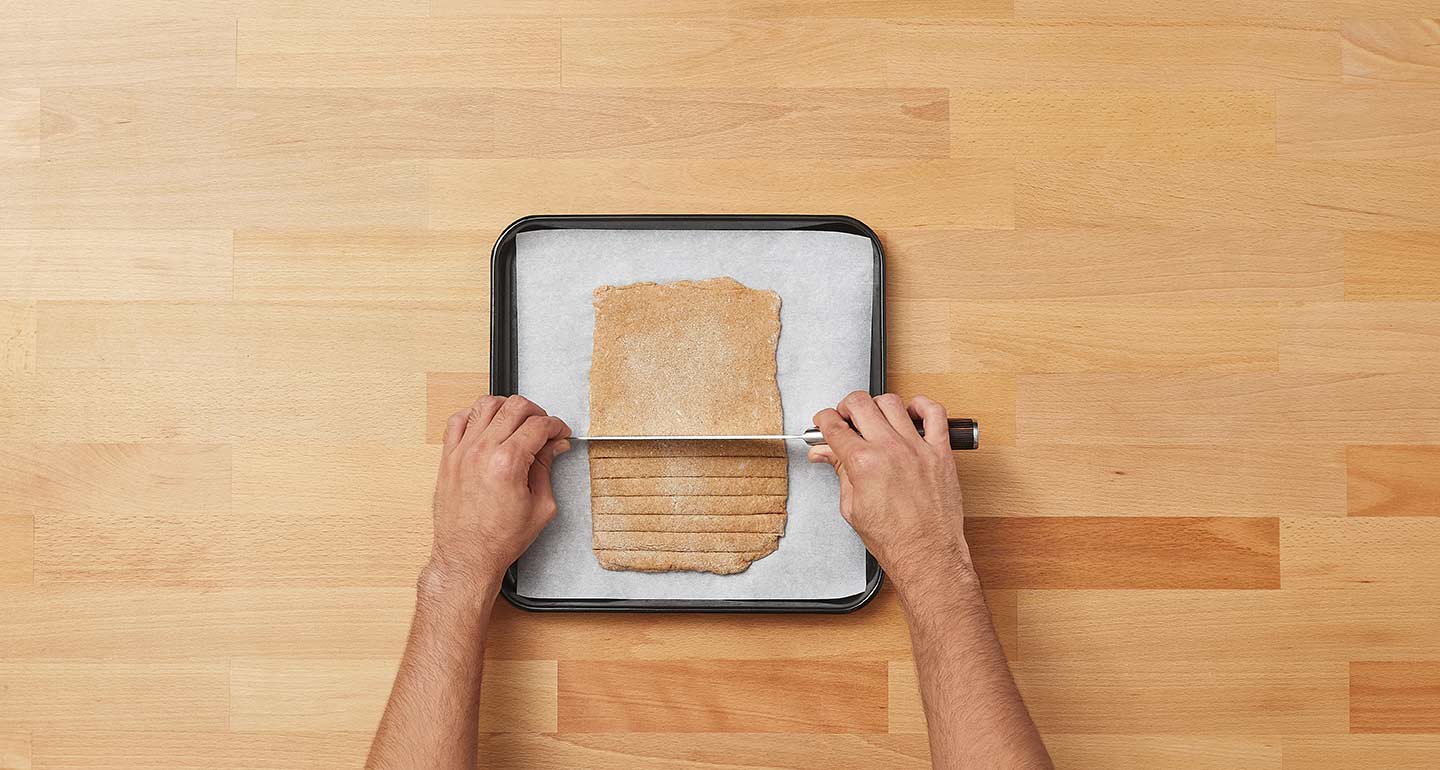
Then score diagonal lines across the rows to create a diamond pattern.
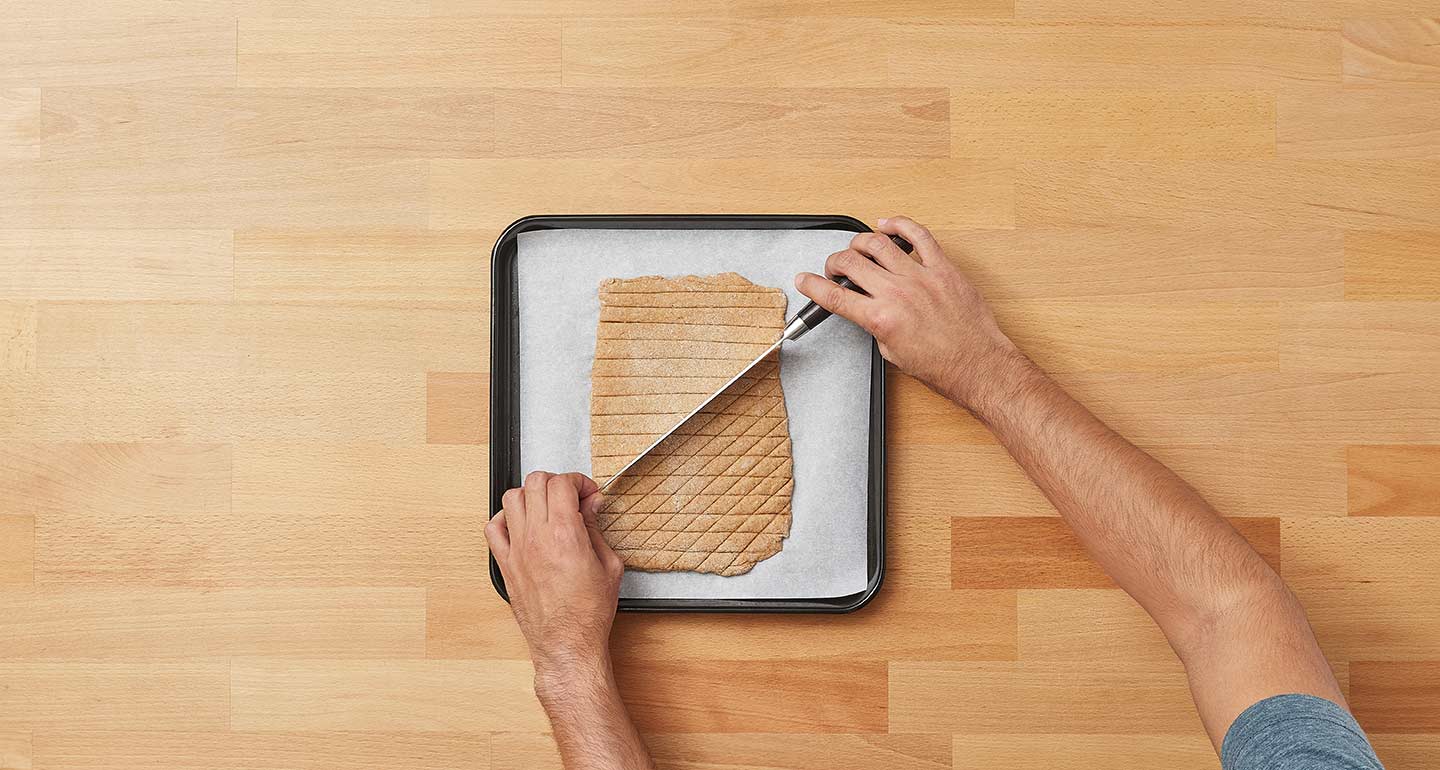
Lastly, score diagonal lines going the opposite way so you are scoring the diamonds in half, thus creating triangles.
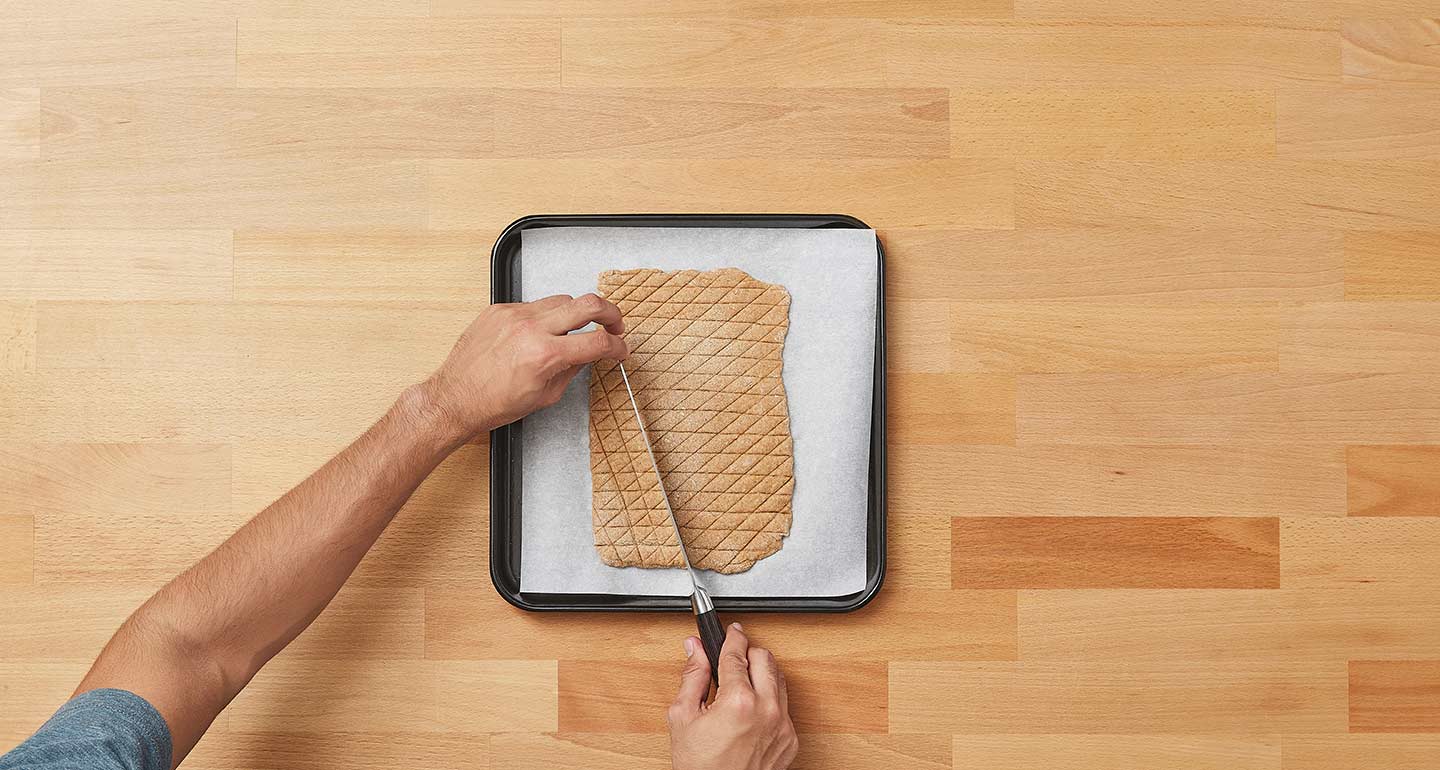
Bake at 350 for 20 mins.
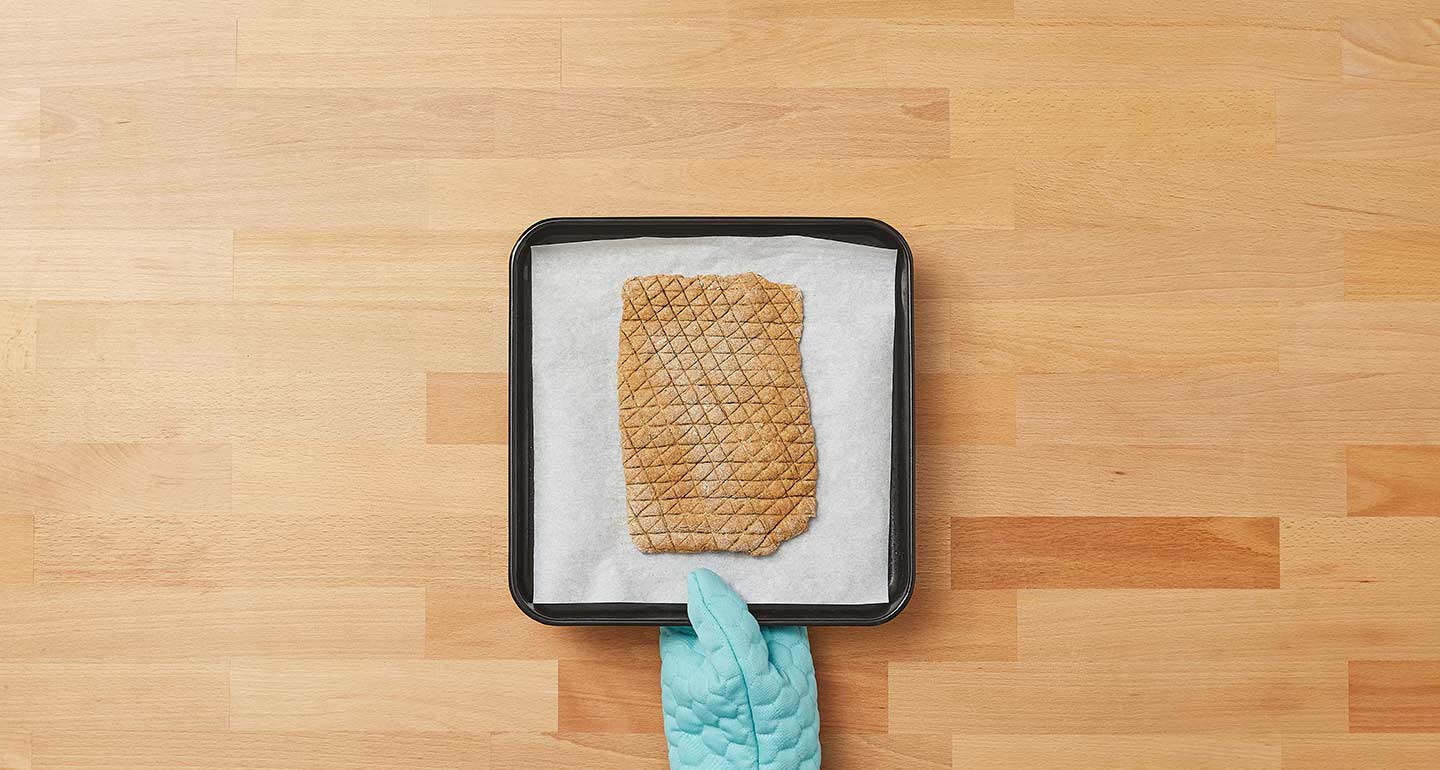
After treats have cooled, snap the triangles apart.
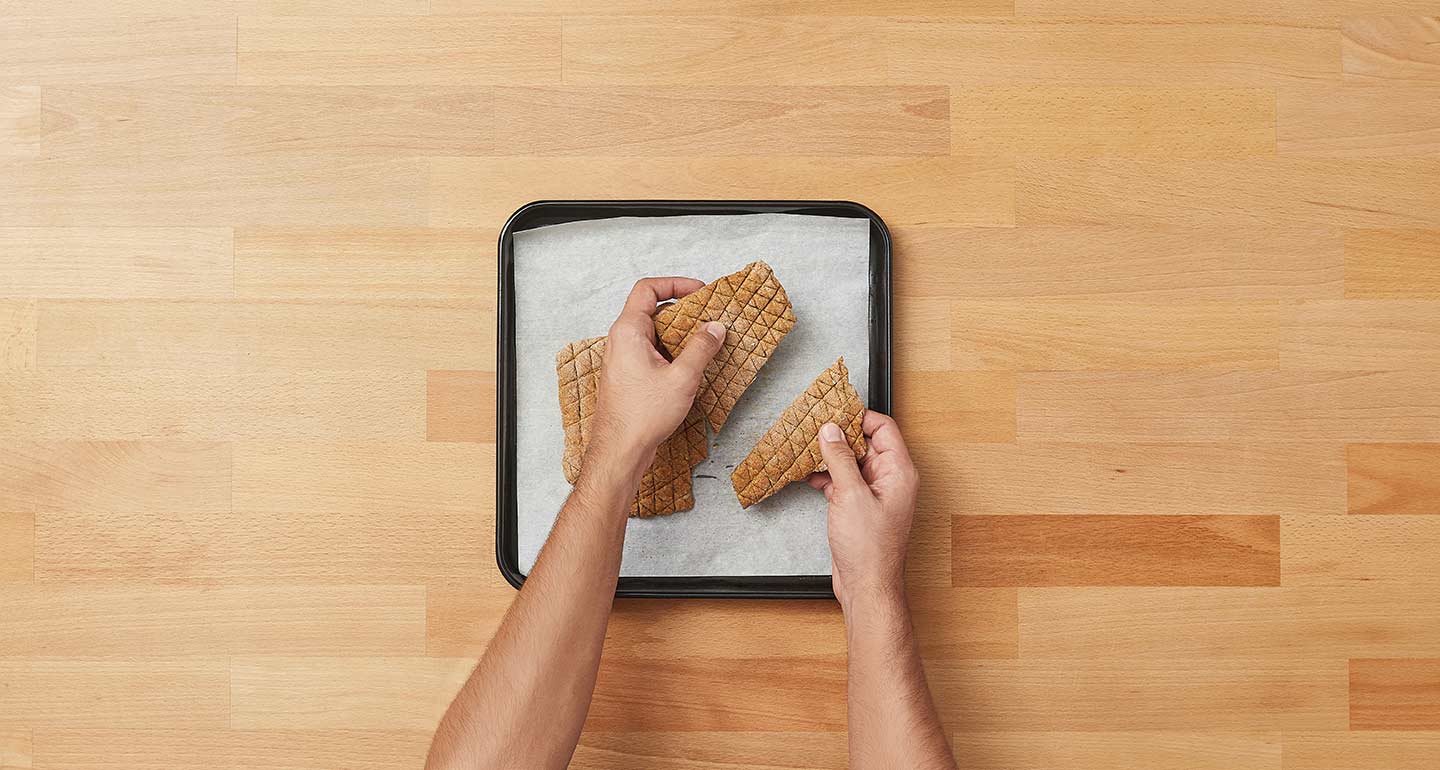

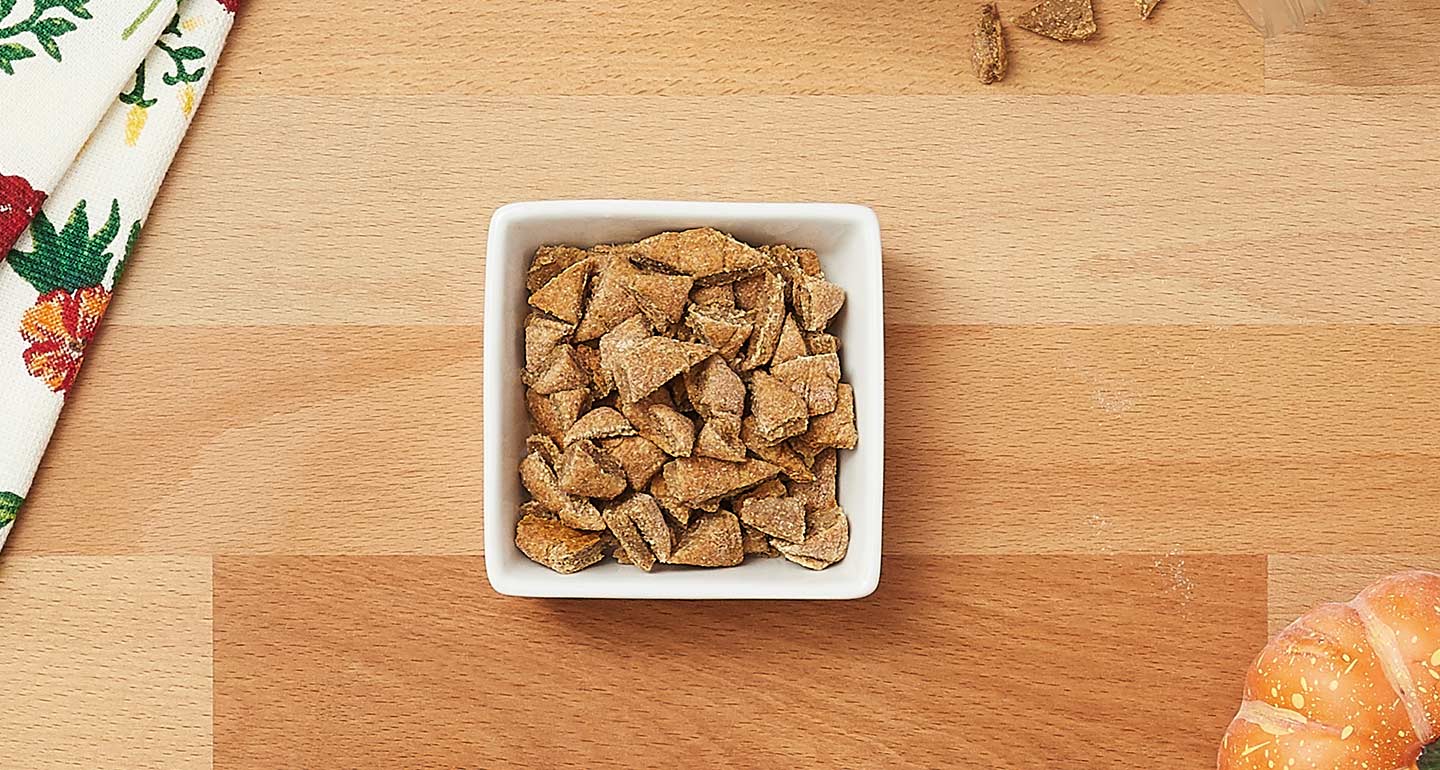
This recipe was reviewed by a veterinarian. It is intended as a treat or snack. Treats should only constitute a small percentage of your pet’s daily food. If your pet has any other health issues, or if you have any concerns, consult your pet’s veterinarian before offering this food item.



